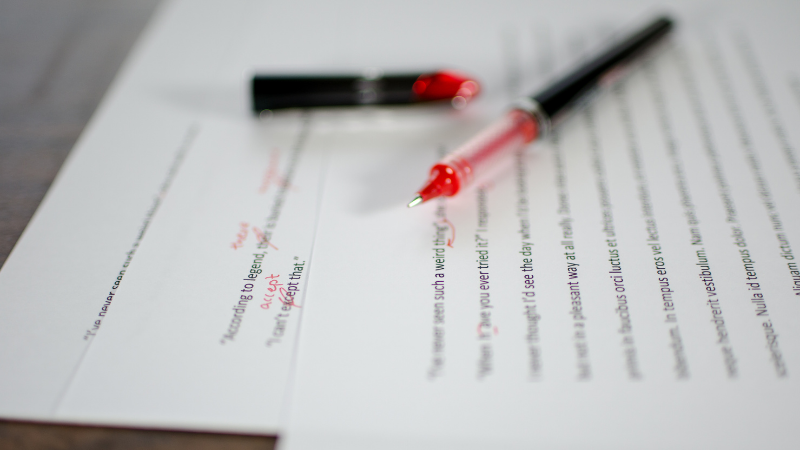|
One of the biggest mistakes a writer can make when querying or sending to a publisher is neglecting to edit their manuscript. Contrary to what some might think, your manuscript isn’t finished after typing the last sentence of your first draft or even after finishing the revision process. Editing is a critical component of preparing a manuscript to send off for publication. Read on to understand the different types of editing and their importance in the publication process! Developmental Editing Developmental editing isn’t necessarily the type of editing you think of when you’re told you need to edit your novel. In fact, in revision, you’re likely unconsciously utilizing these types of edits. As the first—and broadest—type of editing, developmental edits focus on the book’s strengths and weaknesses. This can change your manuscript’s whole feel as it shapes your manuscript from a first draft to a cleaner version that will eliminate plot holes, characterization issues, and pacing concerns. Copyediting Copyediting is the next stage of the editorial process. With a publisher, this generally happens after your manuscript has gone through structural edits with your editor. Still, it’s something that’s highly recommended to do before you query, as sending the cleanest version of your manuscript possible will heighten your chances of representation. Copyediting will eliminate awkward dialogue, passive voice, and repetitive language. Copy editing helps to tighten your manuscript’s language and eliminate grammatical errors and typos, and overall is the second line of defense for inconsistencies in your manuscript. Proofreading Proofreading is generally the last stage of the editorial process, and while you might feel a little lazy at the end, don’t neglect these edits! Proofreading is thought of as a “safety net,” which will catch any errors that have made it through to this point. This is what keeps us from seeing grammatical errors, typos, or even double-spaced spots between words in the finished product. Even if you pride yourself on flawless spelling and grammar skills, it’s a good idea to proofread your work in the case of a missed key. Final Thoughts Now that you understand the types and basics of editing, you can put your newfound skills to use with your manuscript to have the best draft possible for when you query for representation or publication! Need editing help? Contact us today to learn more about our editing services.
0 Comments
Your comment will be posted after it is approved.
Leave a Reply. |
Categories
All
Archives
March 2022
|
|
Help preserve our history and share our stories through the book and media arts by making a tax-deductible donation today.
Night Heron Media is a 501(c)3 non-profit corporation registered in Texas.
|
Copyright © 2024 by Night Heron Media



 RSS Feed
RSS Feed